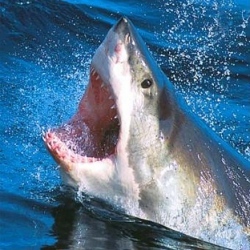
Changes in the chemical balance of the ocean were crucial in the end-Triassic mass extinction, during which half of all plant, animal and marine life on Earth perished, according to new research involving the University of Southampton. The study reveals that a condition called ‘marine photic zone euxinia’ took place in the ocean.
Photic zone euxinia occurs when the sun-lit surface waters of the ocean become devoid of oxygen and are poisoned by hydrogen sulphide – a by-product of microorganisms that live without oxygen that is extremely toxic to most other lifeforms.
The international team of researchers studied fossilised organic molecules extracted from sedimentary rocks that originally accumulated on the bottom of the north-eastern Panthalassic Ocean, but are now exposed on the Queen Charlotte Islands, off the coast of British Columbia, Canada.
The team found molecules derived from photosynthesising brown-pigmented green sulphur bacteria – microorganisms that only exist under severely anoxic conditions – proving severe oxygen depletion and hydrogen sulphide poisoning of the upper ocean at the end of Triassic, 201 million years ago.
The researchers also documented marked changes in the nitrogen composition of organic matter, indicating that disruptions in marine nutrient cycles coincided with the development of low oxygen conditions.
